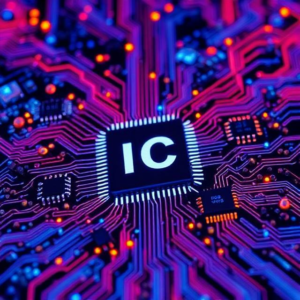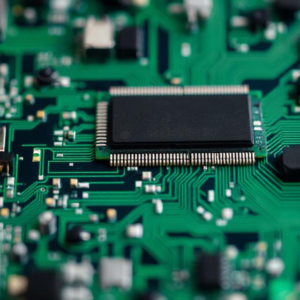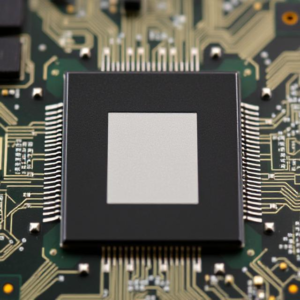CMOS stands for Complementary Metal-Oxide Semiconductor. It is a technology used to build digital logic circuits, especially in microprocessors, memory chips, and other digital devices.
CMOS technology uses two types of transistors:
-
PMOS (Positive-channel Metal-Oxide Semiconductor)
-
NMOS (Negative-channel Metal-Oxide Semiconductor)
These transistors are combined in a special way so that they work together efficiently, using very low power and producing very little heat.

How CMOS Logic Works
In CMOS logic:
-
PMOS transistors conduct when the input is low (0).
-
NMOS transistors conduct when the input is high (1).
By connecting them in a “complementary” way (one switches on when the other is off), they can be used to create logic gates like:
-
NOT gate (inverter)
-
AND gate
-
OR gate
-
NAND and NOR gates
-
And more complex logic circuits.
The most basic CMOS logic gate is the CMOS Inverter.
CMOS Inverter:
-
It has one PMOS and one NMOS.
-
When input is 1, NMOS turns on and pulls the output to 0.
-
When input is 0, PMOS turns on and pulls the output to 1.
-
Result: The output is always the opposite of the input.
Advantages of CMOS
-
Low Power Consumption
CMOS only uses power when switching states (from 0 to 1 or 1 to 0), so it saves a lot of energy. -
High Noise Resistance
CMOS circuits are less likely to be affected by electrical noise. -
High Density
Millions of CMOS transistors can be packed into a small chip, making devices faster and smaller. -
Scalability
CMOS technology scales well with smaller sizes (nanometer scale), helping in the design of faster and more efficient chips.
Applications of CMOS
CMOS is used in many electronic devices:
-
Microprocessors (CPUs)
-
RAM (memory) chips
-
Digital cameras
-
Mobile phones
-
Computers
-
Embedded systems
Almost all modern digital ICs (Integrated Circuits) are based on CMOS technology.
Disadvantages of CMOS
-
Susceptible to static electricity – Can be damaged by electrostatic discharge (ESD) if not handled properly.
-
Speed limitations at very high frequencies due to some parasitic capacitances.
-
Fabrication complexity – Requires more steps in the manufacturing process compared to some older technologies.
Summary
CMOS logic is the backbone of modern digital electronics. It uses both PMOS and NMOS transistors in a complementary way to create efficient logic gates. The main reasons for its popularity are its low power usage, high integration, and excellent performance. CMOS has enabled the miniaturization and performance improvements seen in today’s smartphones, computers, and other electronic devices.











